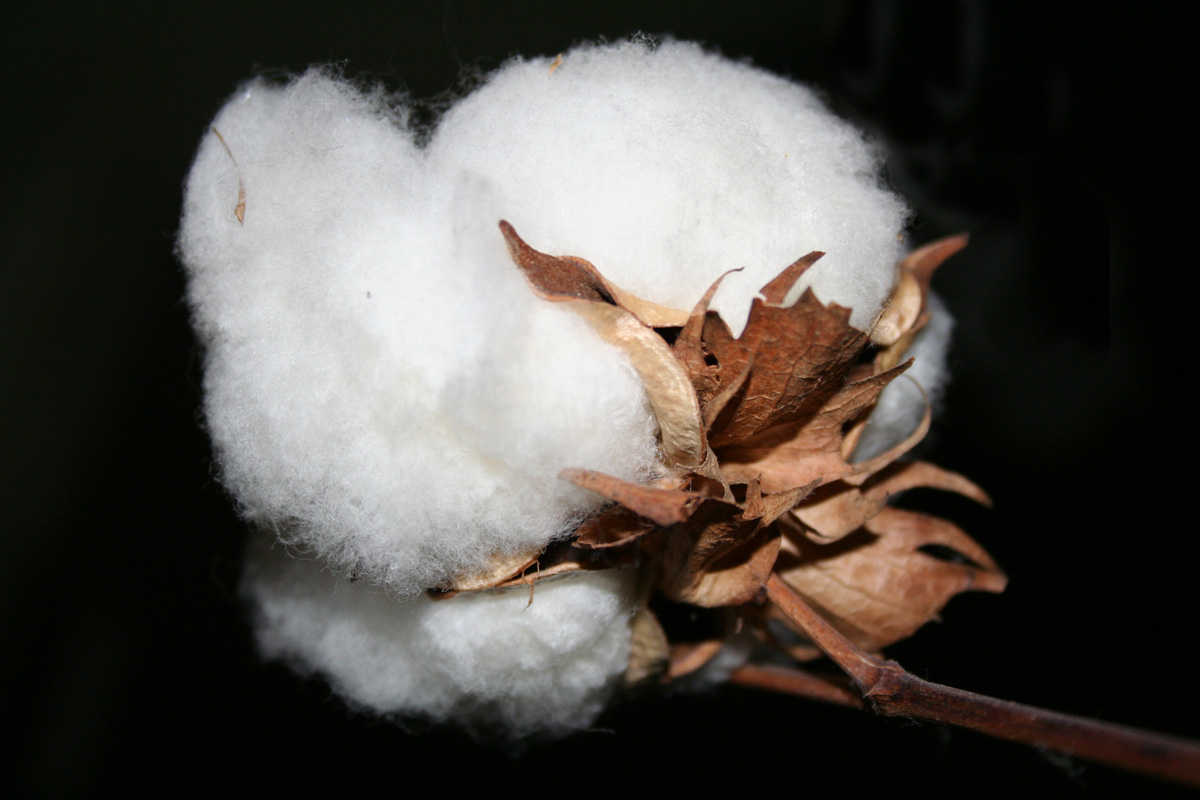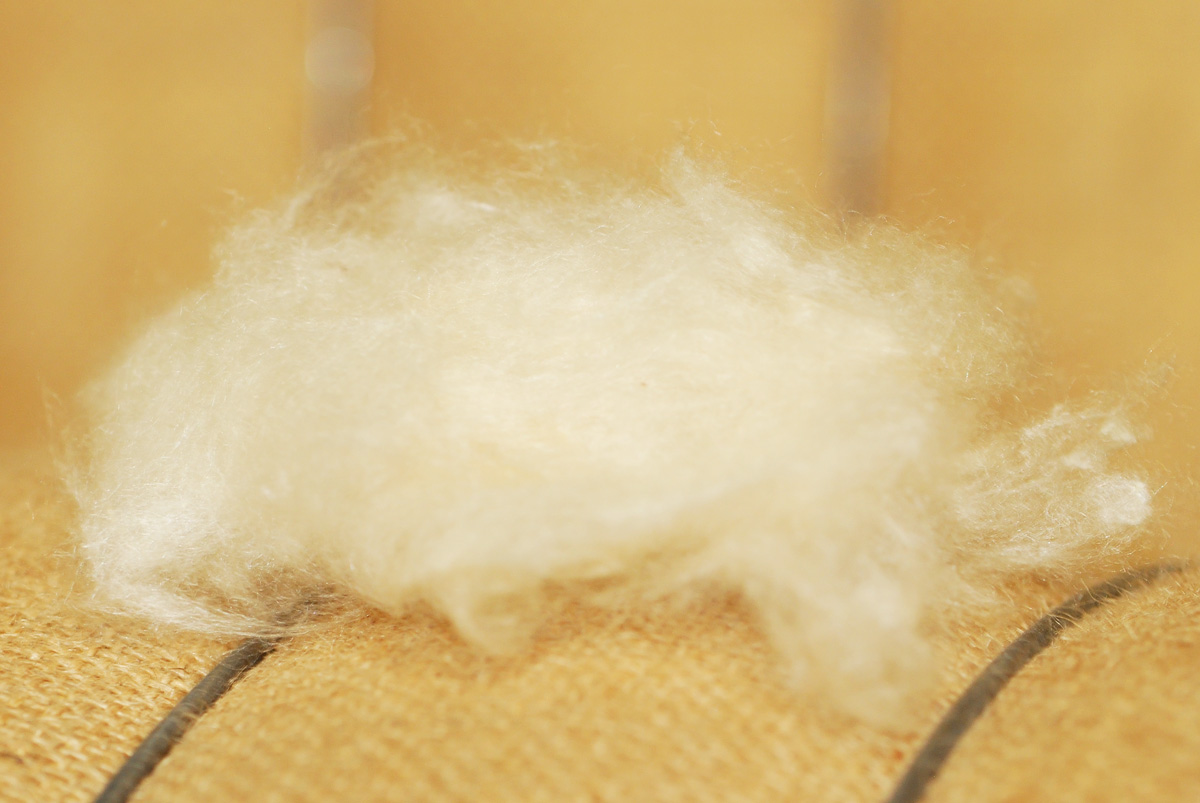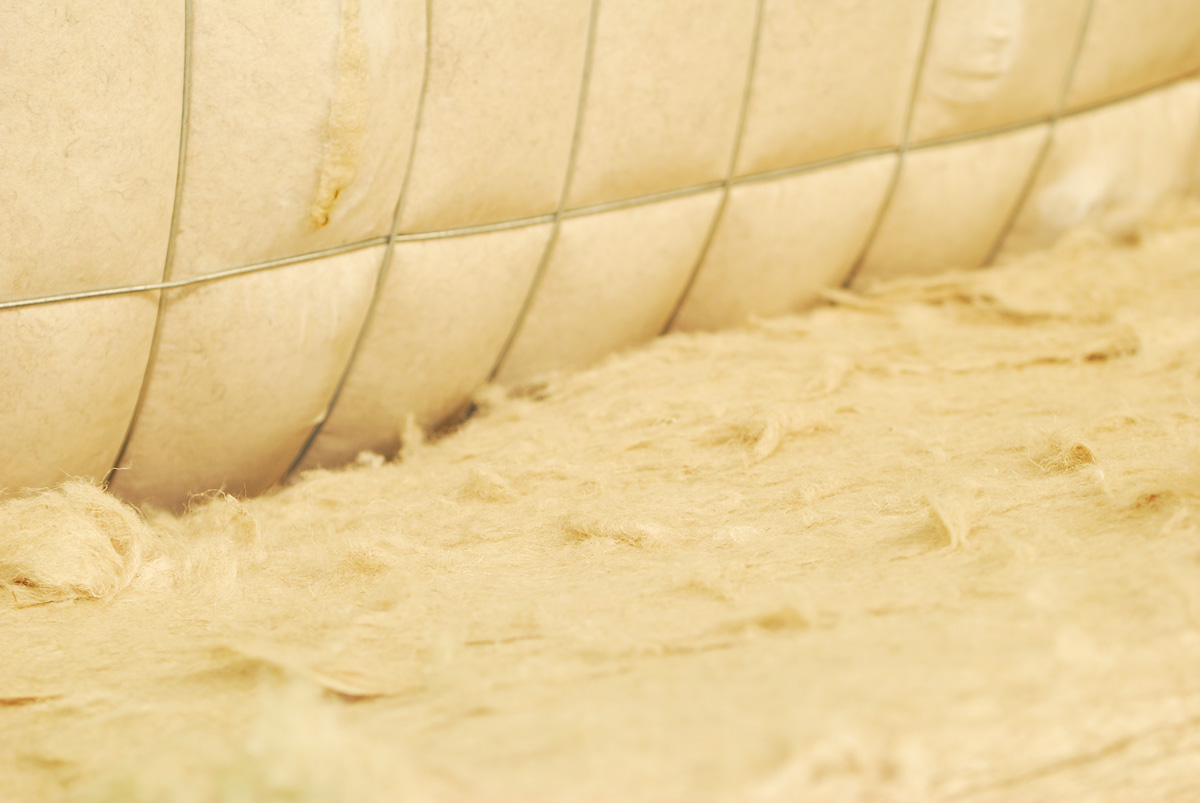Plant Fibers
Cotton

Cotton is a vegan plant fiber and the most popular textile fiber for mattresses. This is not surprising, since cotton can absorb up to 45 percent of its own weight in liquid. Cotton fibres therefore excellently absorb sweat and are an ideal cover material for heavily utilised mattresses. Cotton is very tear-resistant, especially when wet.
We offer various cotton qualities, from cotton linters – the short fibres of cotton which are not suitable for spinning – to very clean qualities for the bedding industry as well as organic cotton and GOTS certified cotton. Furthermore, Hans Höffele Industriewatte GmbH developed a process which prepares cotton for the needs of persons with allergies. Cotton is pre-washed and bleached at 130° Celsius. The cotton can be freely washed up to 95° Celsius and is suitable for tumble drying.


